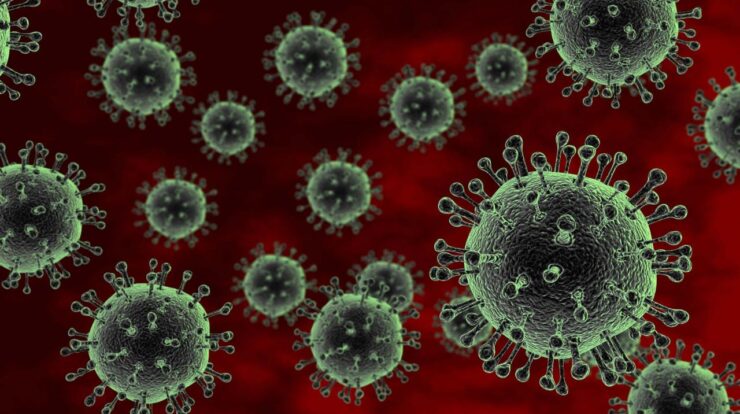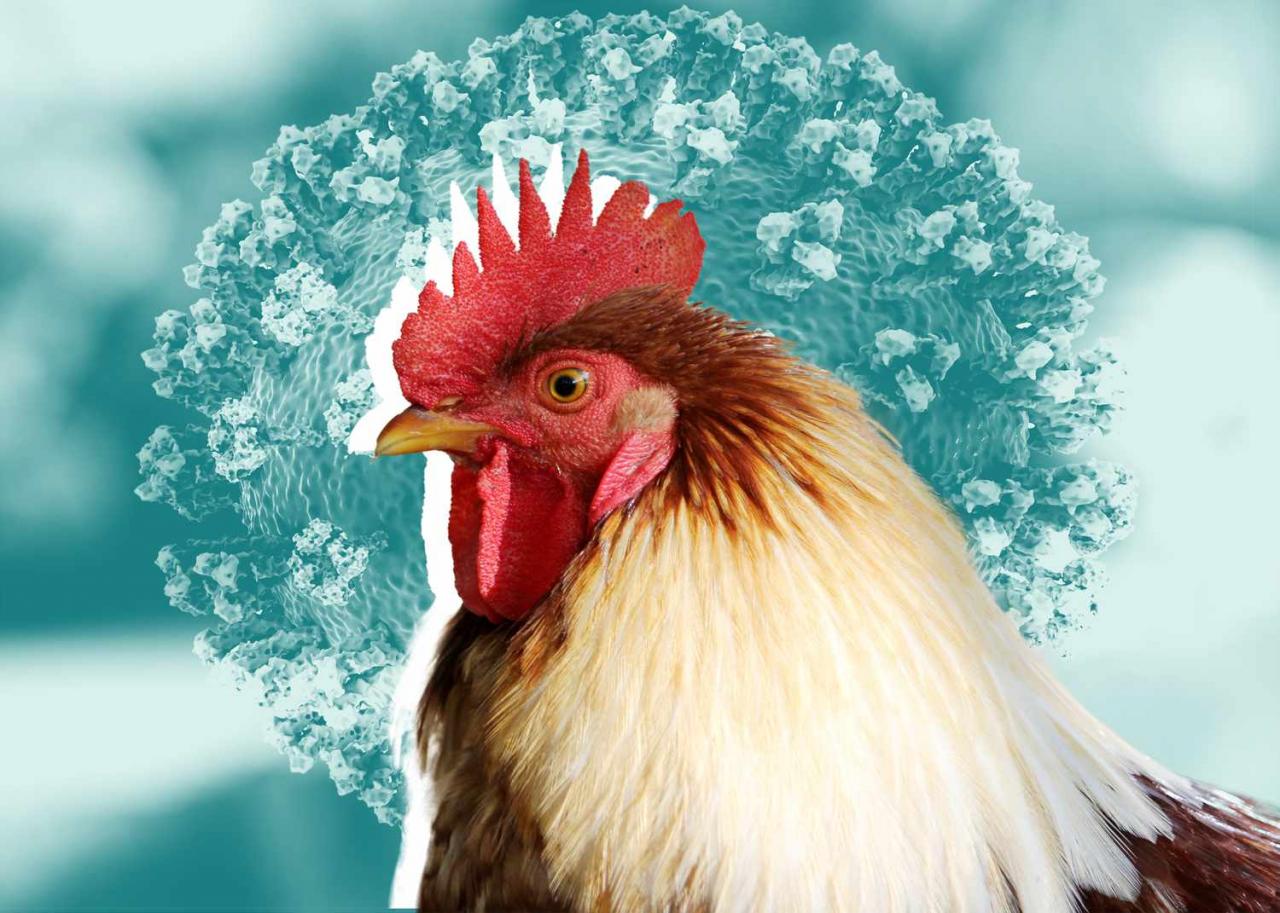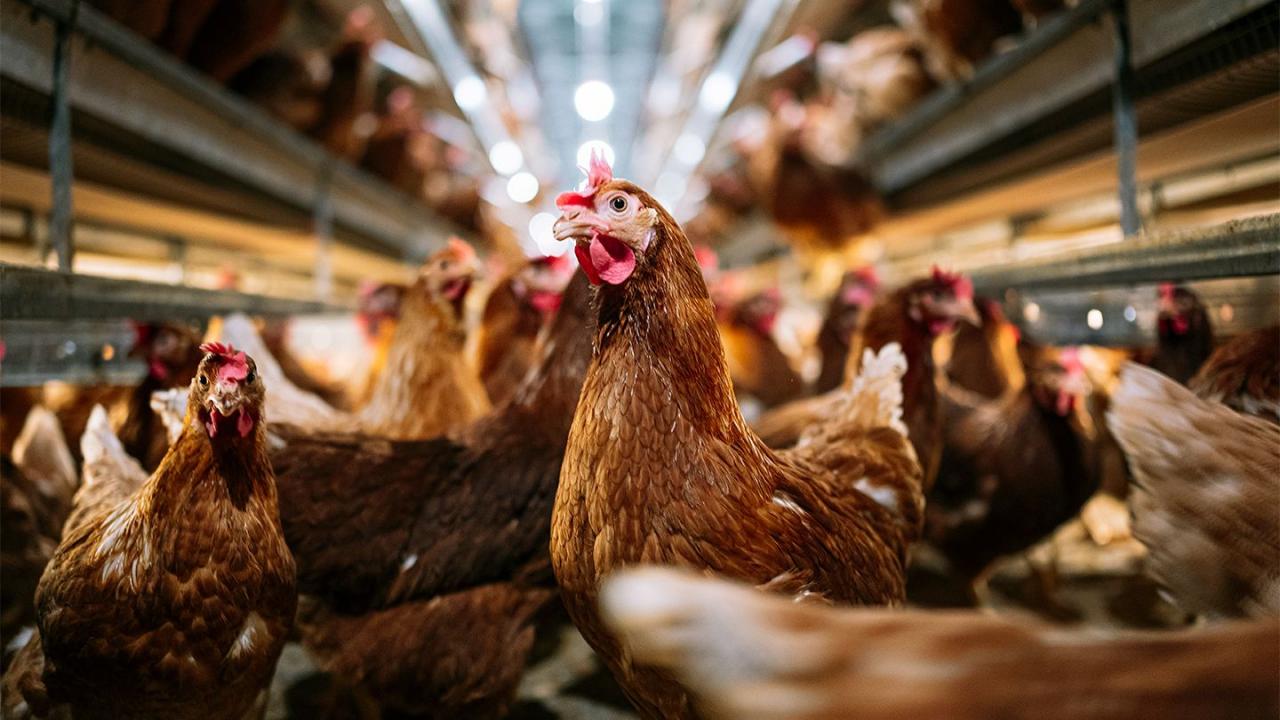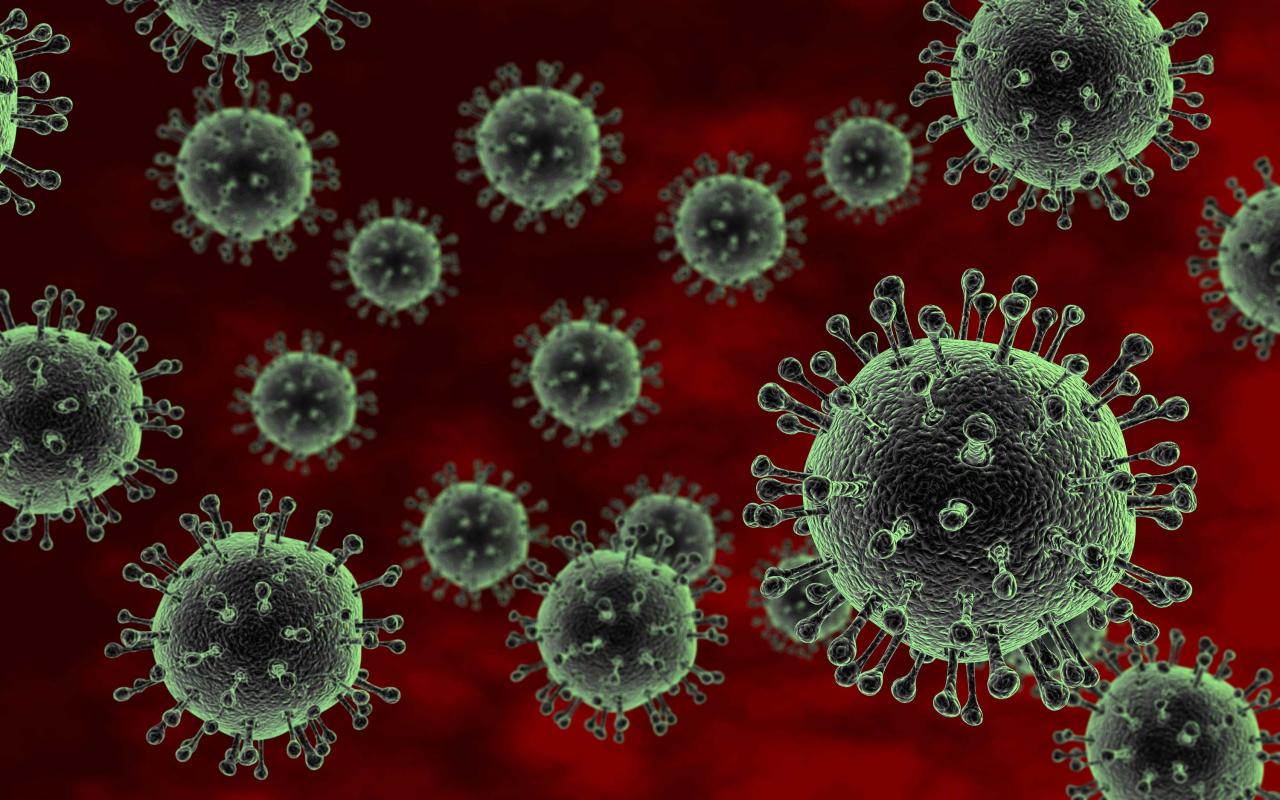
Bird flu virus milk – The bird flu virus in milk has emerged as a pressing concern, raising questions about its transmission, prevalence, and potential risks to public health. This article delves into the intricacies of this issue, exploring the science behind the virus’s presence in milk and its implications for consumers and the dairy industry.
Milk, a staple food in many diets, has the potential to become a vehicle for the transmission of the bird flu virus. Understanding the mechanisms of this transmission and the measures necessary to prevent contamination is crucial for safeguarding public health and ensuring the safety of our food supply.
Bird Flu Virus in Milk: Bird Flu Virus Milk

The bird flu virus, also known as avian influenza, can be transmitted to humans through the consumption of contaminated milk. The virus can be present in the milk of infected birds and can cause a range of symptoms in humans, from mild respiratory illness to severe pneumonia and even death.
Prevalence of the Virus in Milk
The prevalence of the bird flu virus in milk varies depending on the region and the time of year. In areas where bird flu outbreaks are common, the virus can be found in up to 10% of milk samples. However, in areas where bird flu is less common, the prevalence of the virus in milk is typically much lower.
Potential Risks of Consuming Contaminated Milk
Consuming milk contaminated with the bird flu virus can pose a serious health risk. The virus can cause a range of symptoms in humans, including:
- Fever
- Cough
- Sore throat
- Muscle aches
- Headache
- Fatigue
- Nausea
- Vomiting
- Diarrhea
In severe cases, the bird flu virus can cause pneumonia, respiratory failure, and even death.
Prevention and Control
There are a number of measures that can be taken to prevent the contamination of milk with the bird flu virus. These measures include:
- Vaccinating poultry against the bird flu virus
- Quarantining infected birds
- Restricting the movement of poultry and poultry products
- Sanitizing poultry farms and equipment
Pasteurization is an effective method of eliminating the bird flu virus from milk. Pasteurization is a process of heating milk to a high temperature for a short period of time. This process kills the bird flu virus and other harmful bacteria.
Consumers can also take steps to minimize the risk of consuming milk contaminated with the bird flu virus. These steps include:
- Buying milk from reputable sources
- Boiling milk before drinking it
- Storing milk properly
Public Health Implications
Bird flu outbreaks in poultry can have a significant impact on public health. The virus can be transmitted to humans through the consumption of contaminated milk, poultry, or eggs. In some cases, the virus can also be transmitted through contact with infected birds or their droppings.
The bird flu virus can cause a range of symptoms in humans, from mild respiratory illness to severe pneumonia and even death. In severe cases, the virus can also lead to hospitalization and long-term health problems.
Surveillance and monitoring are essential for detecting and controlling bird flu outbreaks. Early detection and control measures can help to prevent the virus from spreading to humans and causing widespread illness.
Economic Impact, Bird flu virus milk
Bird flu outbreaks can have a significant economic impact on the dairy industry. The virus can cause widespread illness and death in poultry flocks, leading to a loss of production and income for farmers. In some cases, bird flu outbreaks can also lead to the closure of poultry farms and processing plants.
The economic impact of bird flu outbreaks can extend beyond the dairy industry. The virus can also affect the tourism industry, as people may be reluctant to travel to areas where bird flu outbreaks are occurring.
Research and Development
There is ongoing research and development to develop vaccines and treatments for bird flu. These efforts are important for protecting both human and animal health. In addition, ongoing surveillance is essential for identifying new strains of the virus and tracking its spread.
International collaboration is also important in combating bird flu. The virus can spread rapidly across borders, so it is important for countries to work together to share information and resources.
Conclusion

In conclusion, the presence of the bird flu virus in milk warrants attention and proactive measures to minimize its risks. Pasteurization remains a critical step in eliminating the virus from milk, while surveillance and monitoring systems are essential for early detection and containment of outbreaks.
Individuals can protect themselves by consuming pasteurized milk, practicing good hygiene, and avoiding contact with infected birds. Collaborative research and international cooperation are vital in combating the spread of bird flu and developing effective vaccines and treatments.







